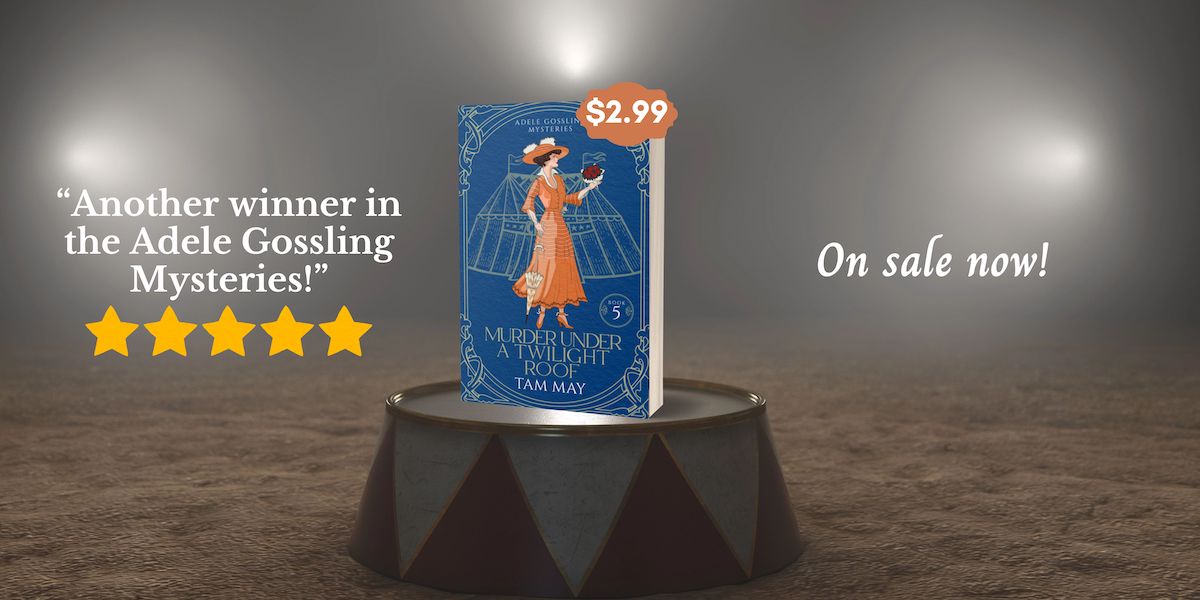
This is one of the most iconic cartoons of the Gilded Age. John D. Rockefeller’s monopoly that sparked the anti-trust acts in America (not to mention a slew of progressive reforms that would characterize the era following the Gilded Age).
Photo Credit: Political cartoon showing a Standard Oil tank as an octopus with many tentacles wrapped aro und the steel, copper, and shipping industries, as well as a state house, the U.S. Capitol, and one tentacle reaching for the White House. Keppler, Udo J., Puck, v. 56, no. 1436 (1904 Sept. 7): Animalparty/Wikimedia Commons/ PD US
Several months ago, on my old blog, I posted about the Gilded Age, which is when my upcoming book and series takes place. I focused on how it was a time of excess, commercialism, dirty politics and class divides. I’ll be posting a revised version of that blog post on this new blog at some point in the future, but for now, you can read it on my old blog here.
Because the first book of my series is coming out and already available for preorder, and I’m working diligently on the second book, I thought it was time to offer a little more personal insight on what brought me to this time in American history, and why I am so fascinated by it.
My exposure to the Gilded Age began in 2007. I was back in Texas and searching for some direction in life. I already had a master’s degree in English but was a little bored with teaching college English courses. So I decided to enroll in a master’s program in History to broaden my teaching prospects. It was a logical choice for me, as I loved literature and writing, but I also loved history and felt I was missing background and knowledge both from a professional and artistic perspective.
One of the first courses I took was about the history of America in the late 19th century. Our course textbook was The Gilded Age: Perspectives on the Origins of Modern America, a collection of essays written by different historians subjects relevant to that time and our time (big business, politics, popular culture, etc). While some essays interested me more than others, I was compelled by how much of the foundations of 21st century America were set down more than one hundred years ago. I was inspired by this course to look back at the past and see its connection with the present and future.
Although the idea for the Waxwood Series didn’t come until much later, I knew right away I wanted to eventually write fiction set in this time period. It was such a vibrant time of change not only on the practical level (like politics, business, and entertainment) but on the societal and psychological level, with shifting ideas and values. When I started to conceive of the Waxwood Series, I wanted the Alderdice family to be stuck in the past of old Victorian ideals of family, loyalty, and life. I could envision them being in direct conflict with their environment, where the world was changing all around them (especially in San Francisco, the hub of the Far West at that time). I saw the conflicts between the older generations of the family (the grandparents and the mother, Larissa) and the younger generation (Vivian and Jake). These conflicts I knew would be subtle, cryptic almost, embedded within the family drama and they would come out in the unwritten and unspoken acceptance of family behavior and values based on those old ideals.
Since the Gilded Age is thought to span approximately the last quarter of the 19th century, I had quite a few decades to choose from when I thought about when I would set each of the four books in the series. I chose to place the last 3 books at the very end of the 19th century for a reason. Hurling the Alderdice family into the new age by Book 4 offered a fascinating way to look at how this family would cope, leaving open questions for their future.
Part of writing historical fiction, for me, is about more than just reliving the past. It’s also about how characters react to the changes around them and adjust themselves (or, in some cases, don’t adjust). In the Gilded Age, changes in America were happening so rapidly that a family like a wealthy and influential family like the Alderdices would be reeling from the impact. These families were the most reluctant to change for obvious reasons — the old world ways were working for them, so why rock the boat?
So in the Waxwood Series, history plays an important role, but what the story is really about is the Alderdice family within their historical time. As I explained in my recent blog post for the OWS CyCon blog tour, history comes alive for me when we see the people in it. That’s what I hope to give readers in my fiction.
To learn more about The Specter and get hold of a preorder copy, go here.
You can learn more about the Waxwood Series here.


